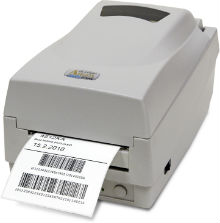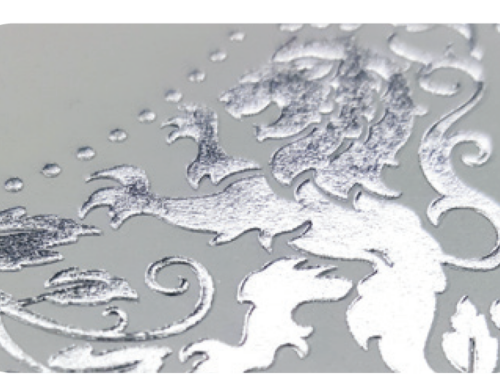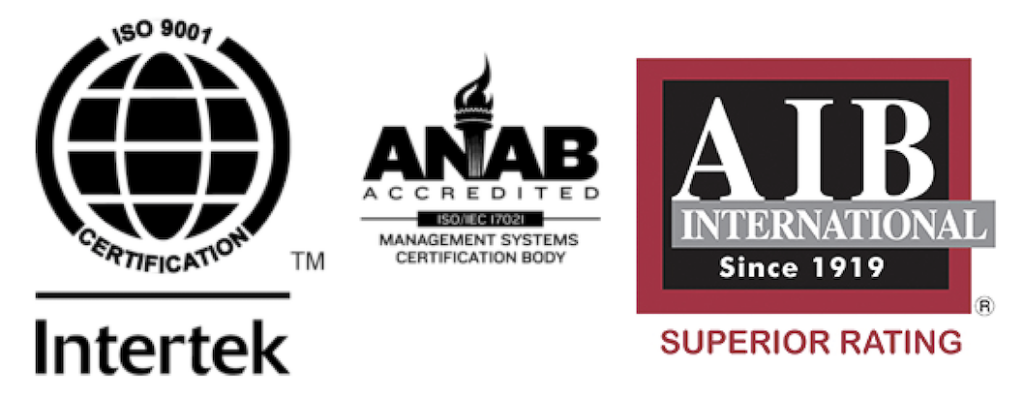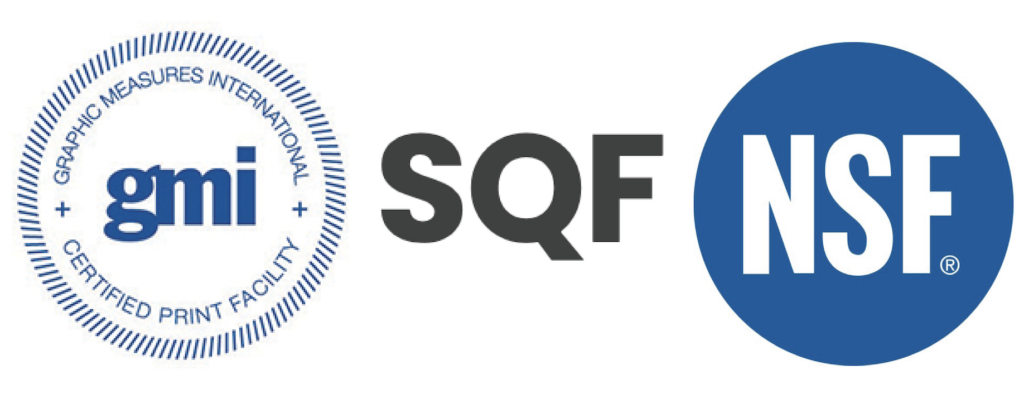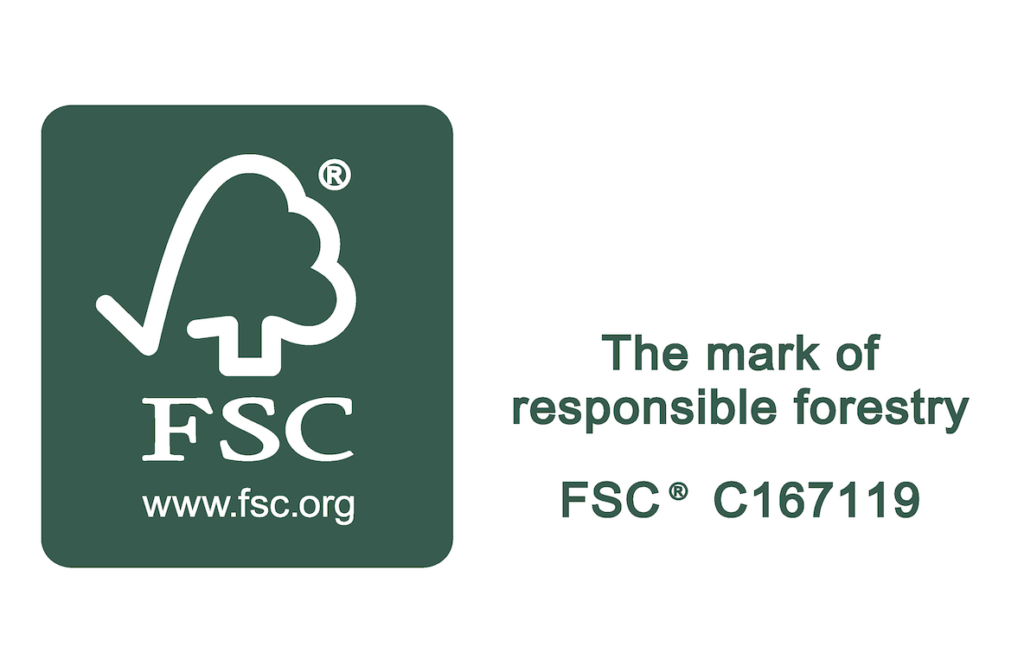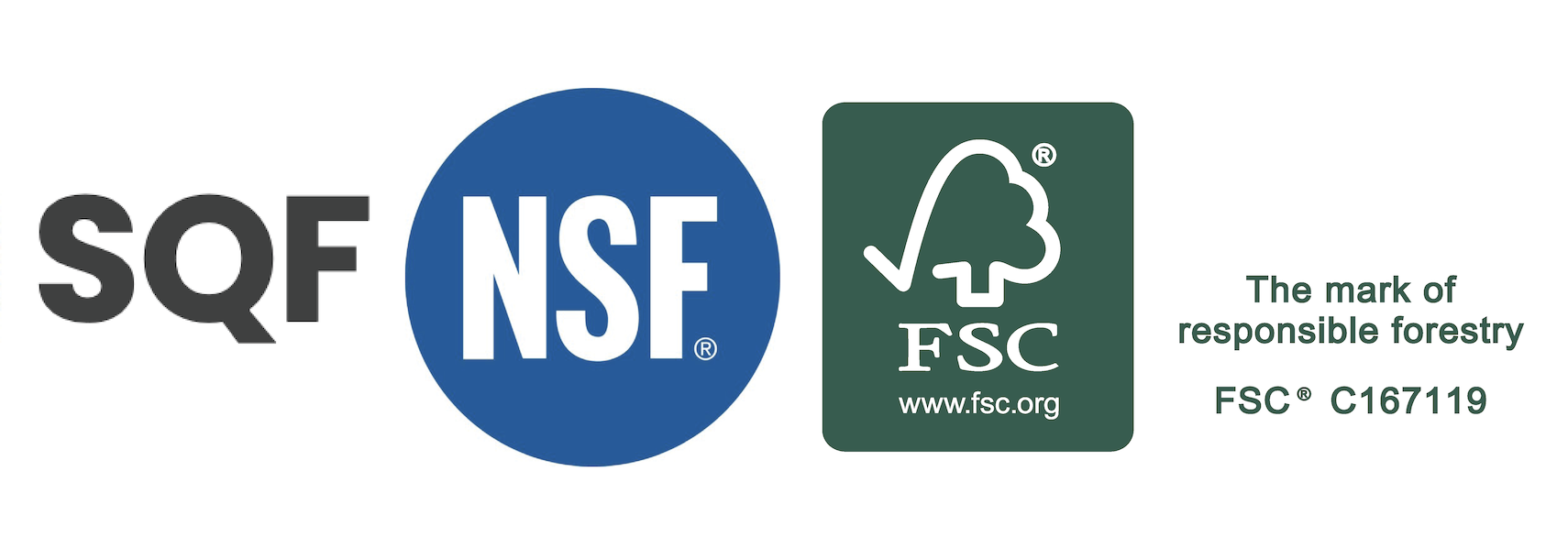What is the difference?
Both methods use a thermal printhead that applies heat to the label stock. Thermal transfer printing also uses a heated ribbon which melts the ink onto the stock. On the other end, no ribbon is used in direct thermal printing. Instead, the label design is revealed as the stock is imprinted while it encounters heat as it comes out of the printer. Both of these methods are ideal for variable printing and labels that need barcodes.
There are advantages to each method, and one might be better suited to your project. Although both are ideal for barcodes, for example, only one method can provide you with colored barcodes. Check out the below lists to figure out which method best serves your labeling needs.
Choose Direct Thermal If:
- The life of your label will be less than 1 year
- Exposure to high temperatures
- Exposure to harsh environment conditions
- You will not be printing with a ribbon
Choose Thermal Transfer If:
- The life of your label will be more than 1 year
- Exposure to continuous sunlight
- Will require printing high-density barcodes
- Will require printing in a variety of colors other than black
- Label exposed to chemicals or abrasives
- You will be printing with a ribbon
We even distribute various printers created by Zebra Printers, SATO and Datamax-O’Neil. Contact us to learn more about which printer best suits your needs or to get a quote. Be sure to let us know what capabilities you require for your label in order for us to better help.
Learning more about how we can bring your wildest label design concepts to life. Download our Label Project Guide e-book.
Connect with us on social media!


